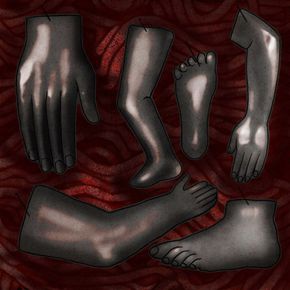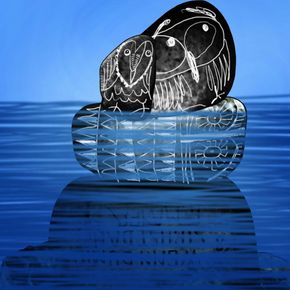Curly hair during human evolution and our cannibal ancestors
Traces in hominid fossils from 1.45 million years ago prove that our evolutionary relatives slaughtered and probably ate each other. These traces – made with a stone tool on a shin and knee fossil – were found by scientists from the Washington Smithsonian Institution in the collection of the National Museum in Nairobi. There is no consensus on the species identity of the ancient leg fossil. It could have belonged to Homo erectus, Homo habilis or to a species with a relatively small brain – Paranthropus boisei.
In a cave at the Cova de les Teixoneres in the Moianès region of north-eastern Spain, archaeologists from the Catalan Institute of Human Paleoecology and Social Evolution (IPHES) have discovered evidence of Neanderthals from around 52,000 years ago who practised cannibalism. Cut marks and fragmentation of Neanderthal bones indicate that they were processed by living Neanderthals and most likely consumed by them.
A study published by researchers at the University of Pennsylvania analyzed how the texture of human hair can help regulate body temperature. According to the researchers, curly hair may have played an essential role in the enlargement of the human brain because it is the best of all types of hair to cool the body. Large brains are sensitive to heat and produce much of it themselves, which can lead to heatstroke. Insulation with curls was, therefore, crucial in Equatorial Africa, where humans evolved, and the sun often shines overhead all year round.


























